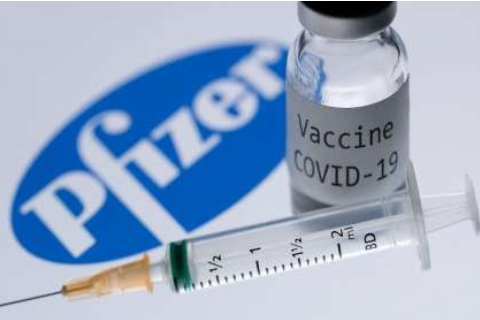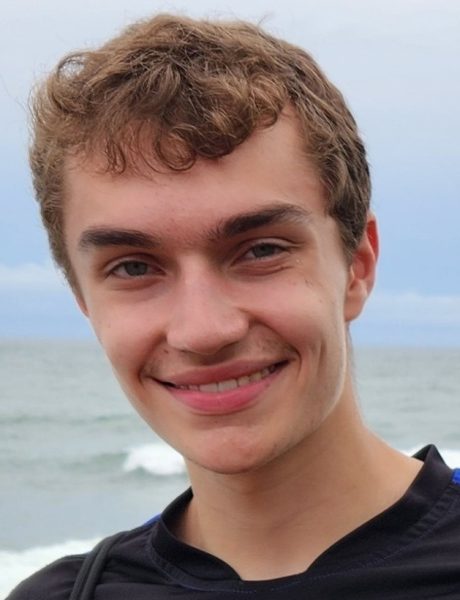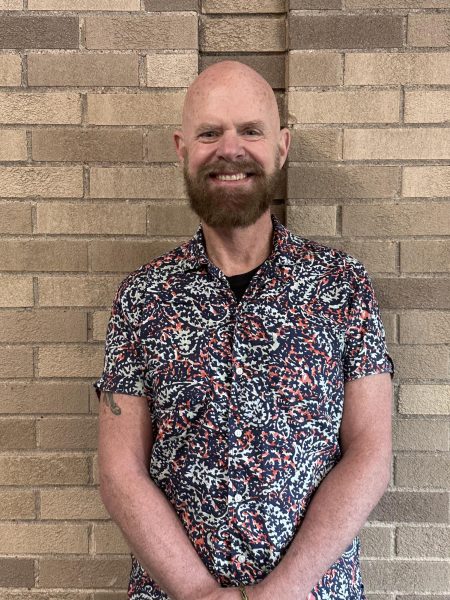The latest updates on the race for the COVID-19 vaccine

Image credit: The San Francisco Chronicle
If there’s any ray of sunshine for people around the world in the midst of these challenging times, it’s the optimistic anticipation for the mass distribution of the COVID-19 vaccine. According to KFF, on December 11, the Food and Drug Administration issued the first emergency use authorization for a COVID-19 vaccine – the Pfizer-BioNTech vaccine – followed by the Centers for Disease Control and Prevention’s recommendation for use, clearing the way for delivery and administration of the vaccine throughout the country.
There are currently more than 200 vaccine candidates under development, with 48 already conducting clinical trials, according to the World Health Organization. Drug companies Pfizer, Moderna and AstraZeneca are currently the leading vaccine candidates as Pfizer is collaborating with German company BioNTech, and AstraZeneca is collaborating with Oxford University.
Initially, vaccine supply will be very limited, meaning states will have to make difficult decisions about who should be prioritized to get the first shots. To help guide these decisions, the CDC’s Advisory Committee on Immunization Practices (ACIP) released a recommendation on December 1 for the highest priority group (Phase 1a) to include health care workers and long-term care residents; populations which together represent about 17.6 million people in the U.S. The committee will likely recommend that non-health care essential workers be the next priority group (Phase 1b), followed by people aged 65 and older and those with conditions that place them at high risk for severe illness from COVID-19 (Phase 1c). These groups are much larger, which will likely make the next stages of prioritization much more difficult. According to ACIP, there are an estimated 87 million essential workers, 53 million seniors and more than 100 million individuals with high-risk medical conditions throughout the country.
Most people who get a COVID-19 vaccine will endure some mild side effects, especially after a second dose, according to Dr. William Schaffner, professor of health policy and preventive medicine at the Vanderbilt University School of Medicine. Volunteers who participated in each of the three candidate vaccine trials (Pfizer, Moderna and AstraZeneca) reported feeling pain at the injection site, fatigue, and aching muscles and joints for a day or two.
I hope this marks the beginning of the end of a very painful time in our history. I want to instill public confidence that the vaccine is safe. We’re in a pandemic and so we all need to do our part. — Sandra Lindsay, NYC nurse
That being said, if someone were to develop a severe reaction from the vaccine, it would likely occur in the first six weeks after vaccination, according to medical experts. However, experts still don’t know the long-term effects of the vaccines and won’t know until after the trials are completed and researchers are able to monitor participants in the real world for years after.
Nevertheless, people like New York nurse Sandra Lindsay, among one of the first health workers to be given the vaccine, have started to give the country hope towards overcoming the virus. She received the shot live on camera as footage was streamed on the Twitter feed of New York Governor Andrew Cuomo, according to BBC News. Her vaccination marked a major turning point in the country’s ongoing battle to fight the notorious COVID-19 which according to the CDC, has been responsible for over 300,000 deaths within the U.S.
“It didn’t feel any different from taking any other vaccine,” Lindsay said. “I hope this marks the beginning of the end of a very painful time in our history. I want to instill public confidence that the vaccine is safe. We’re in a pandemic and so we all need to do our part.”

Aiden is a senior who serves as the Editor-in-Chief and News Editor of North Star News. Since first joining the staff during his freshman year, he has...






